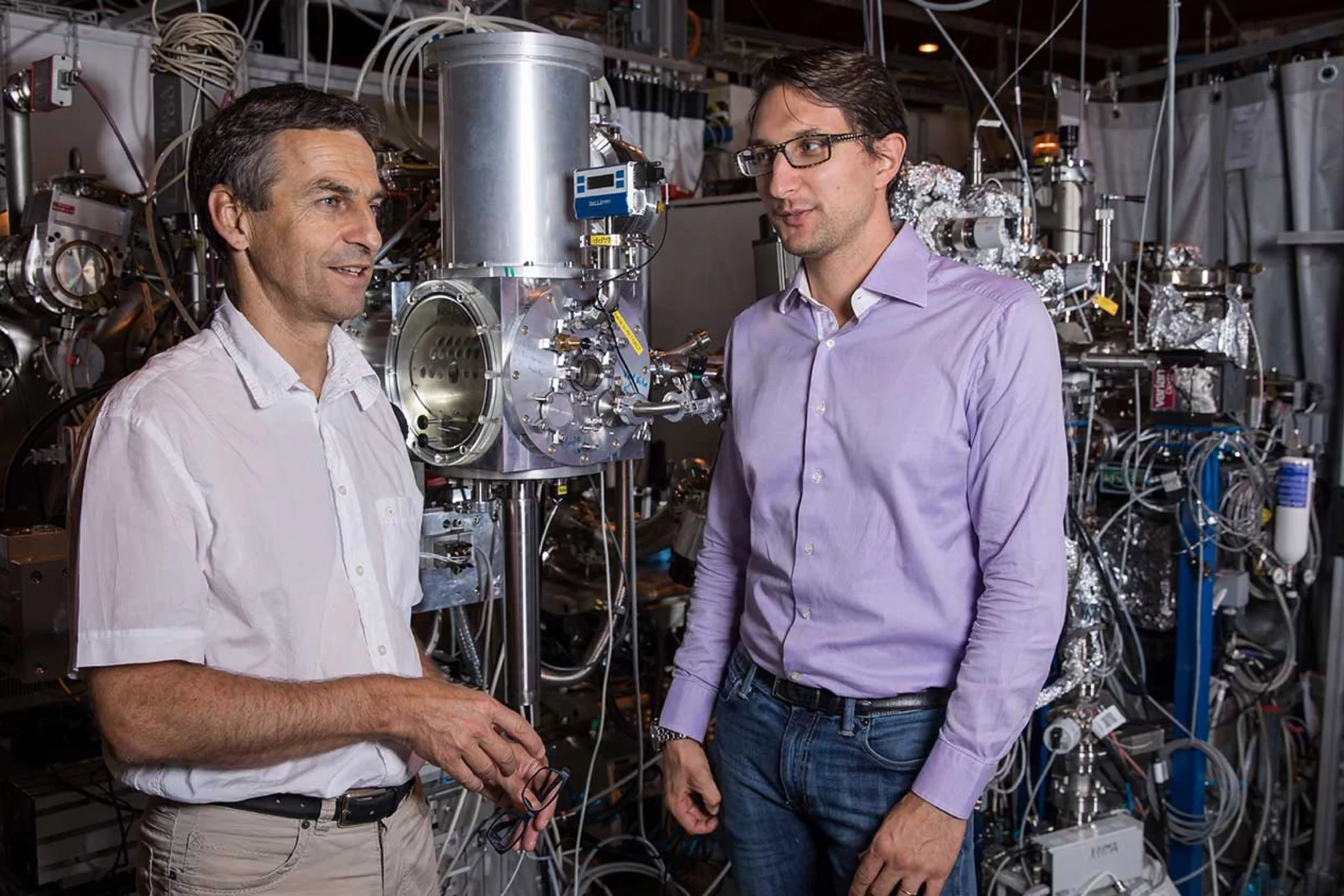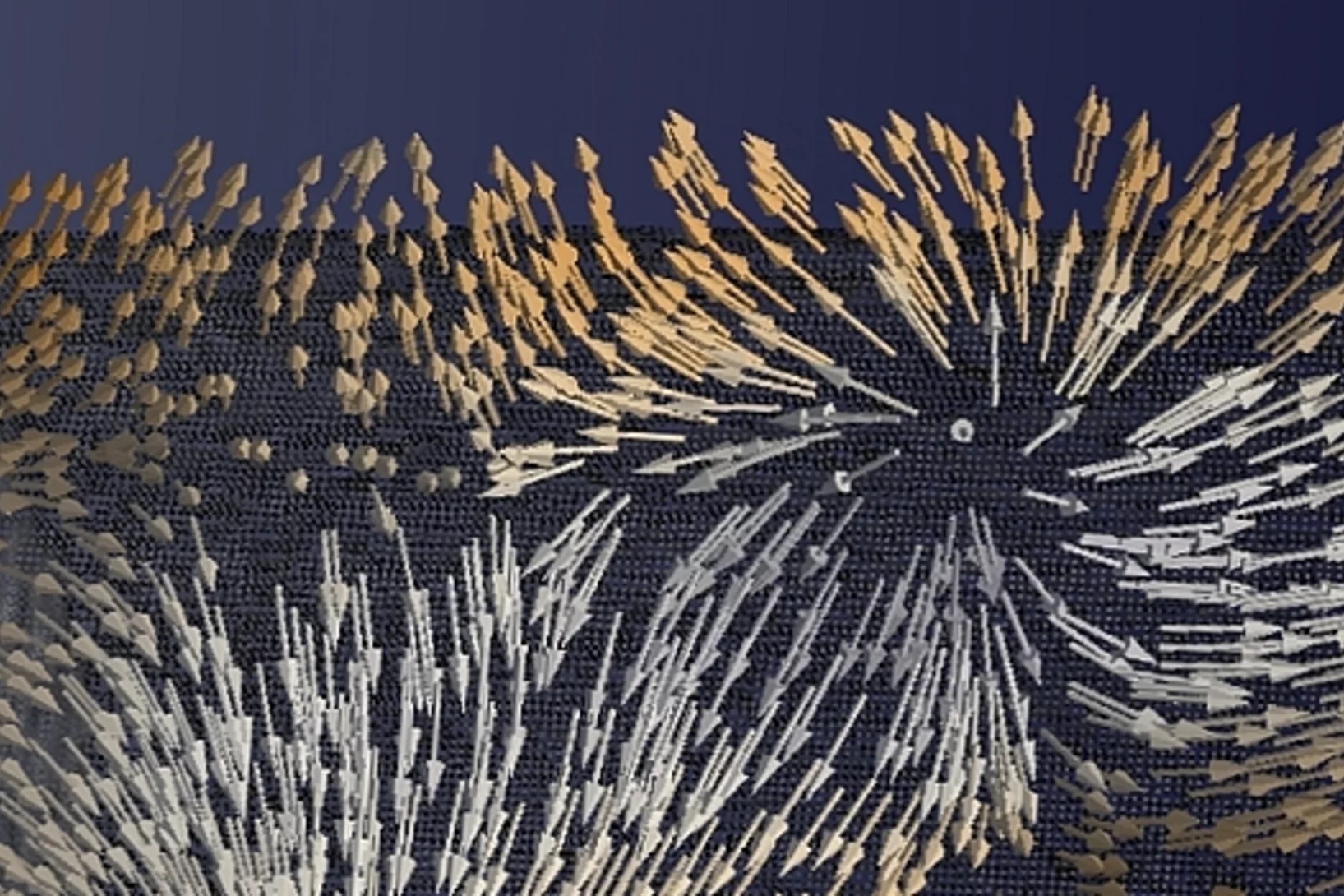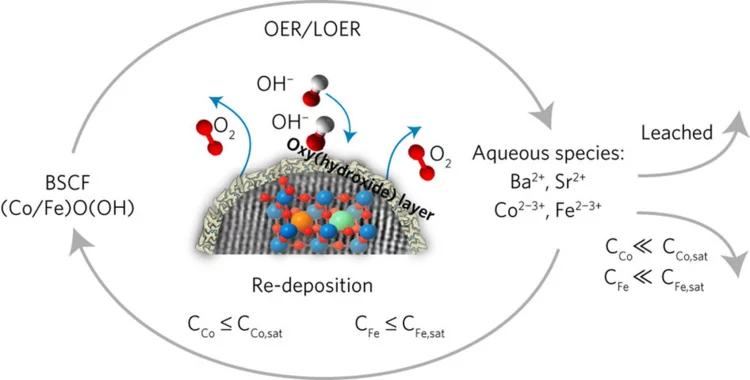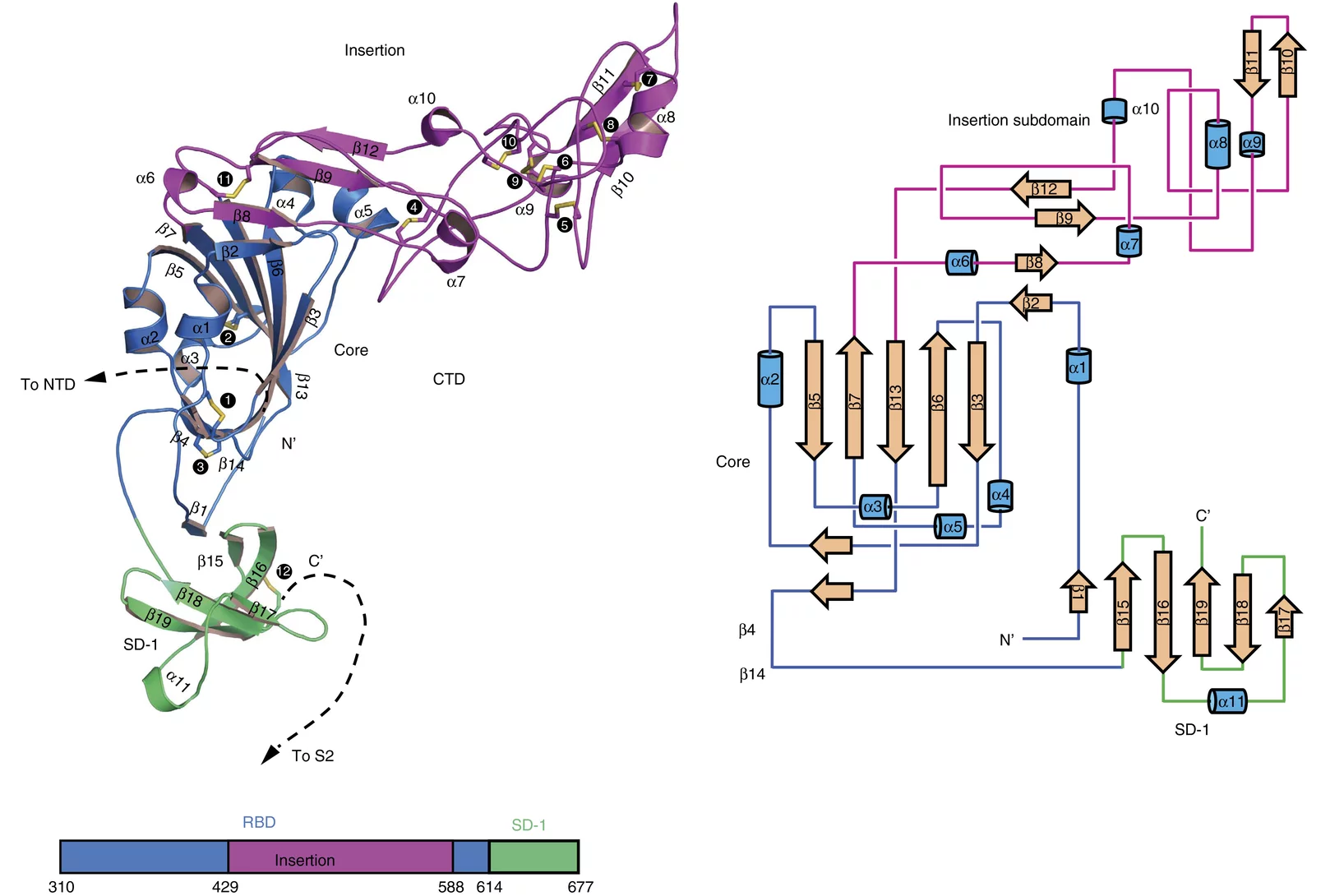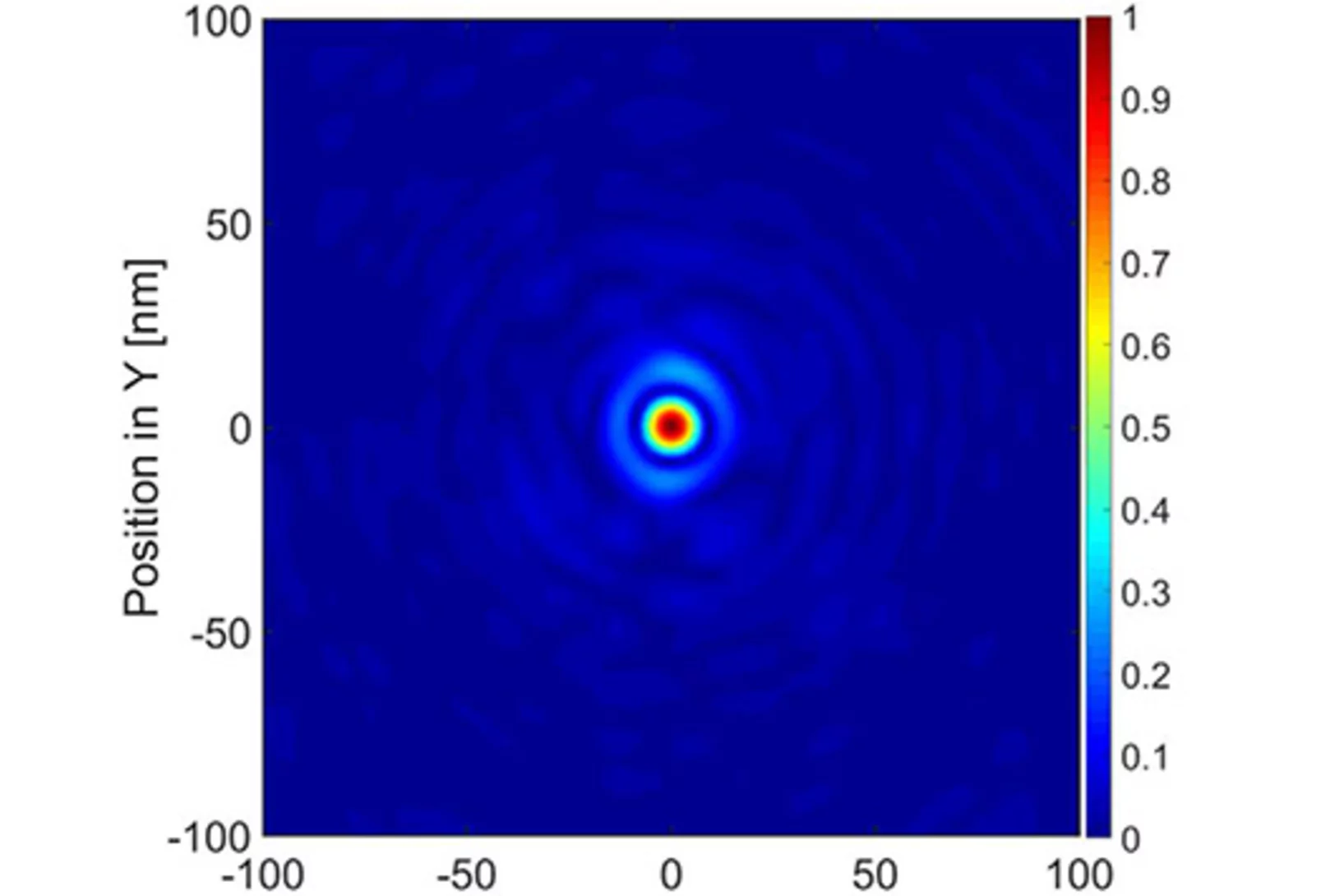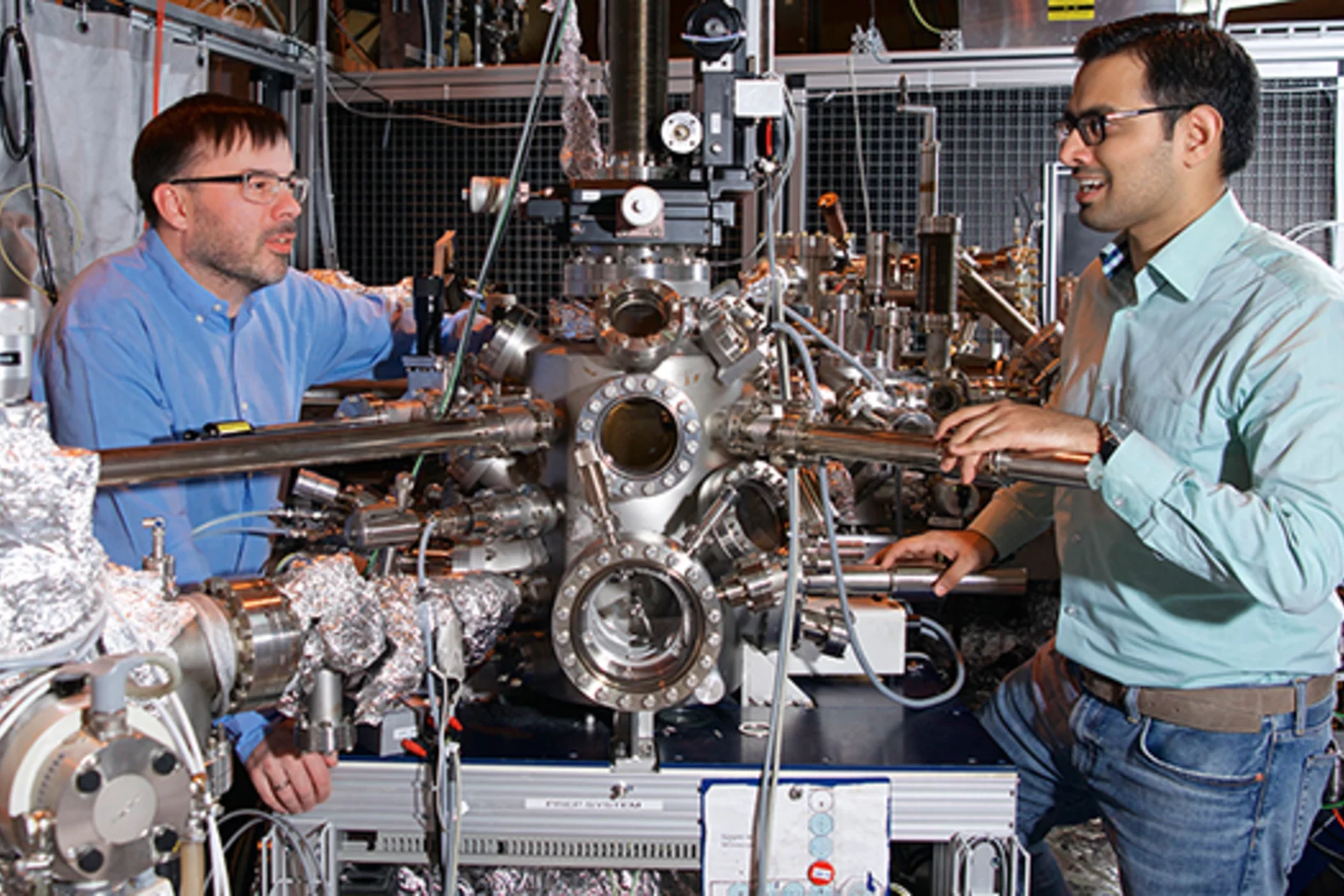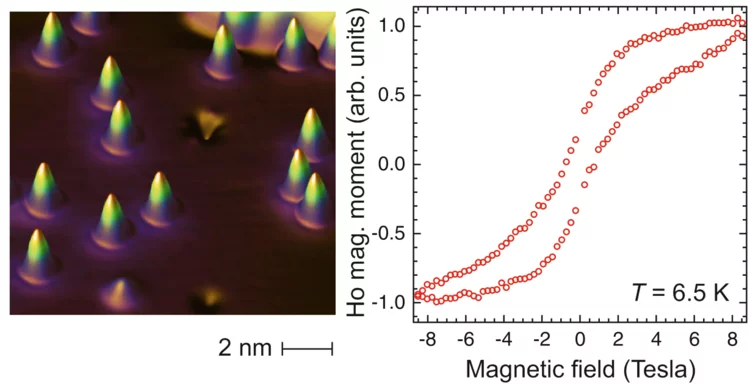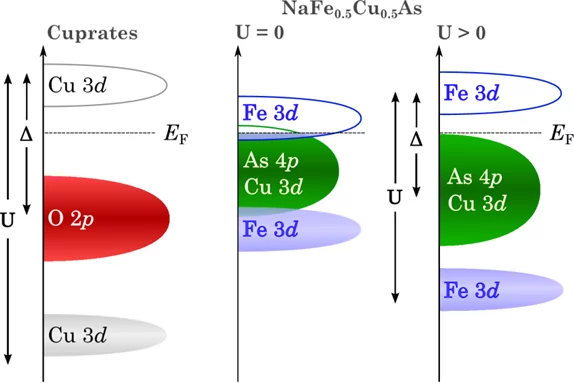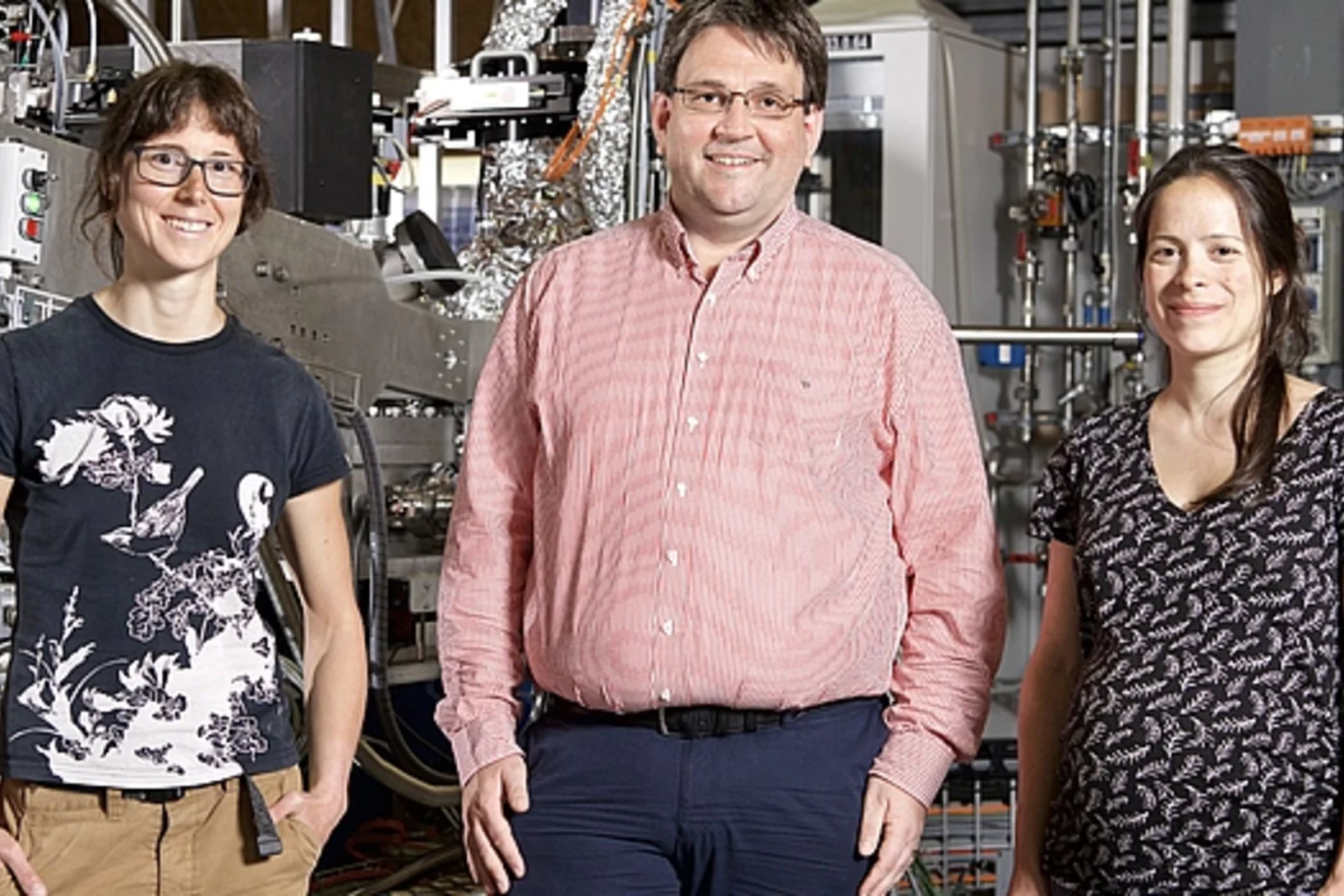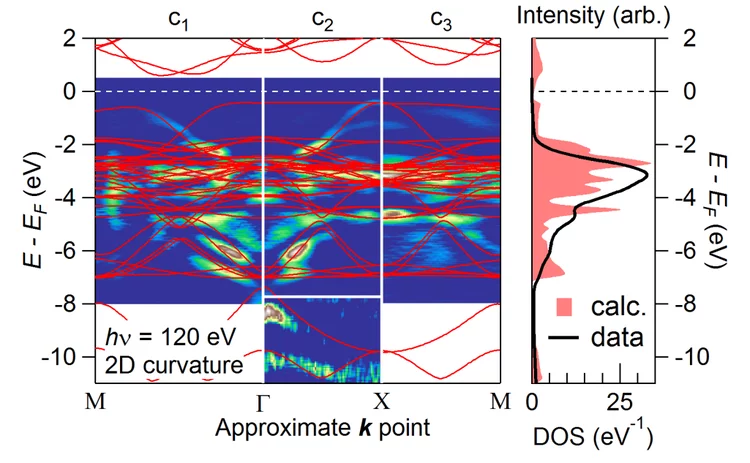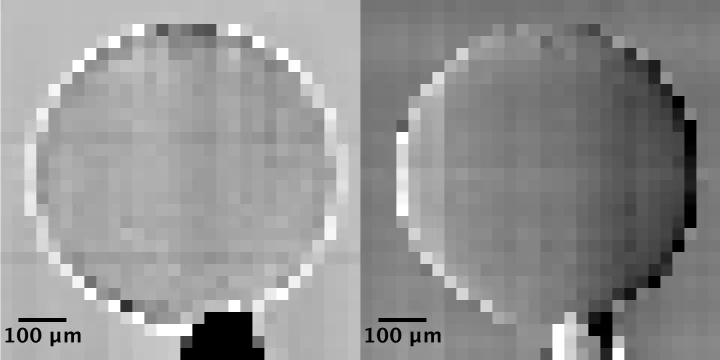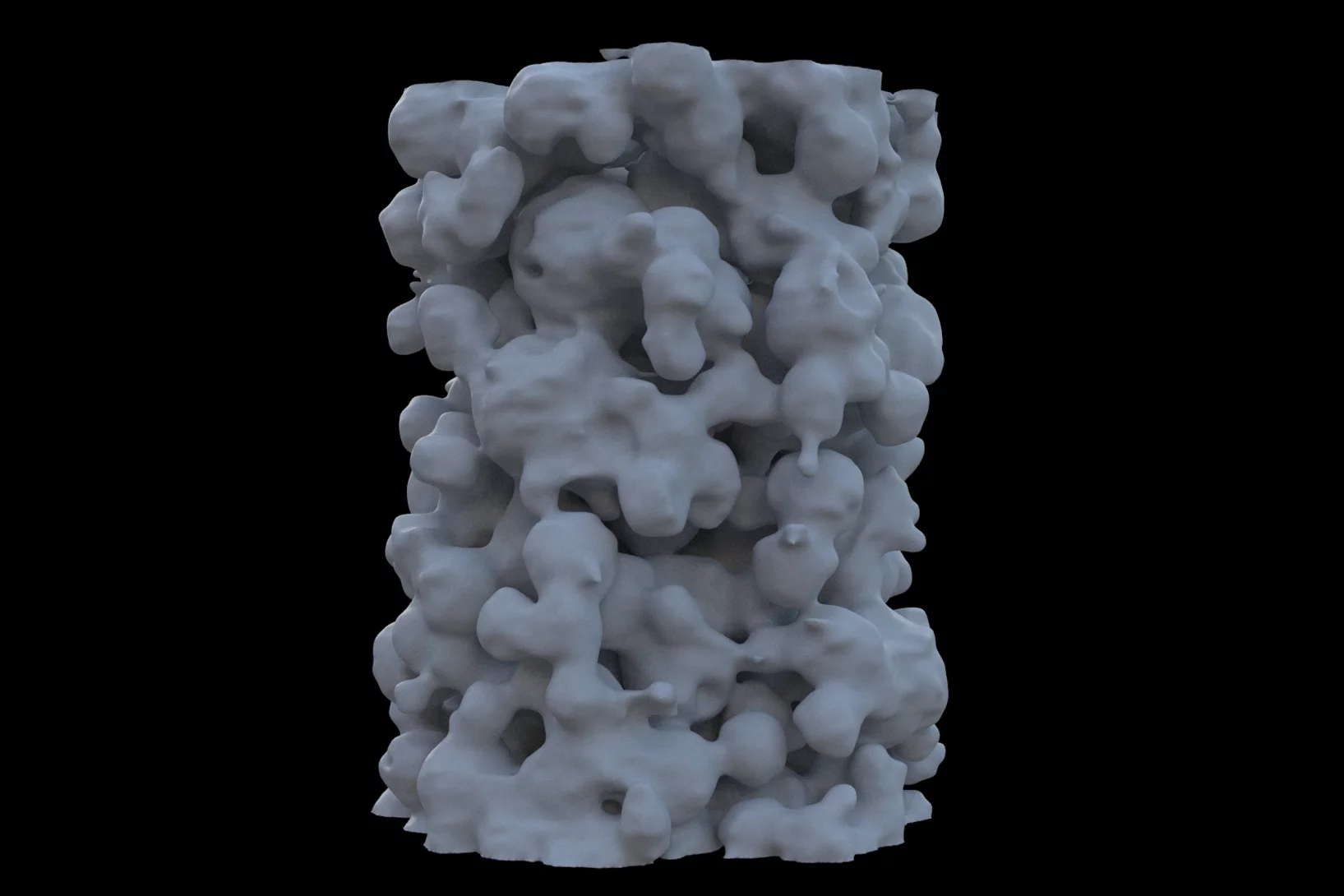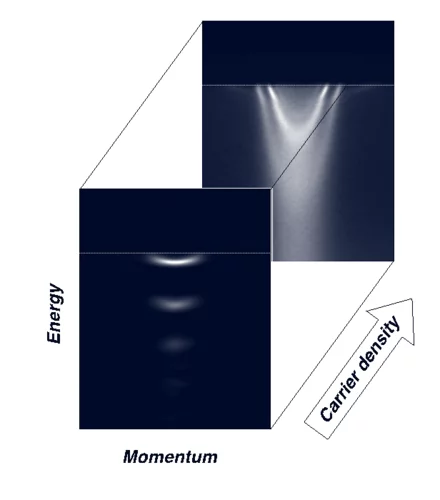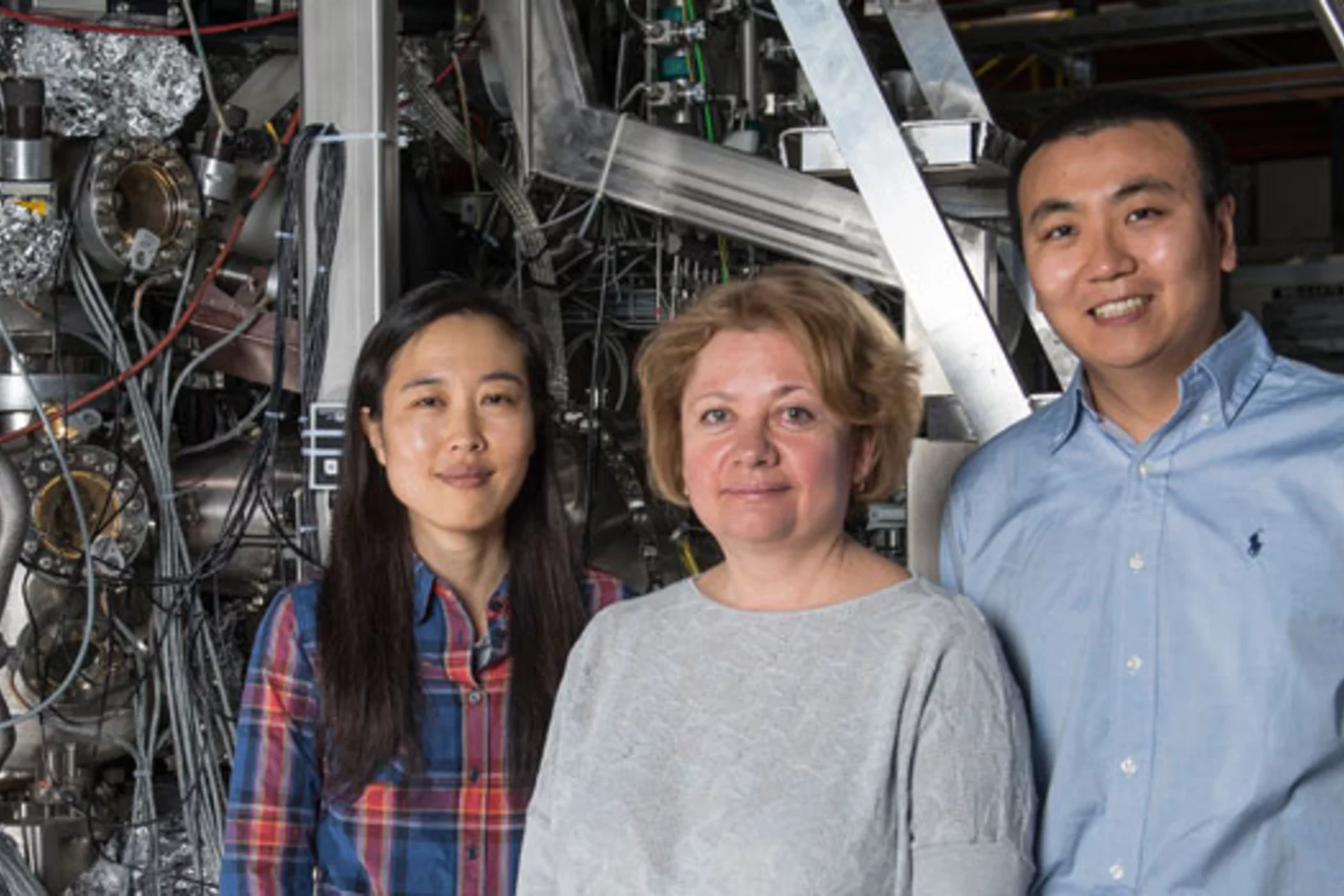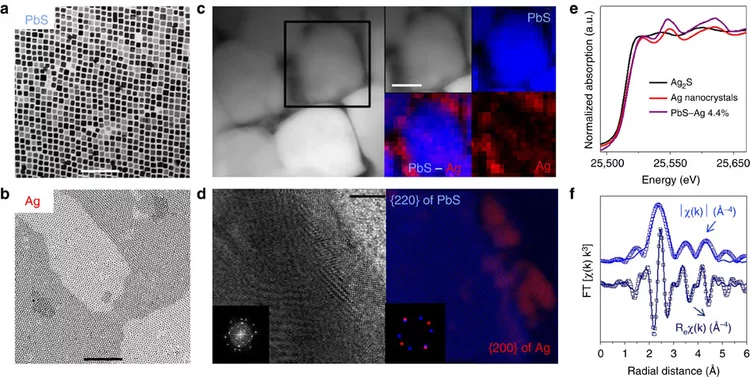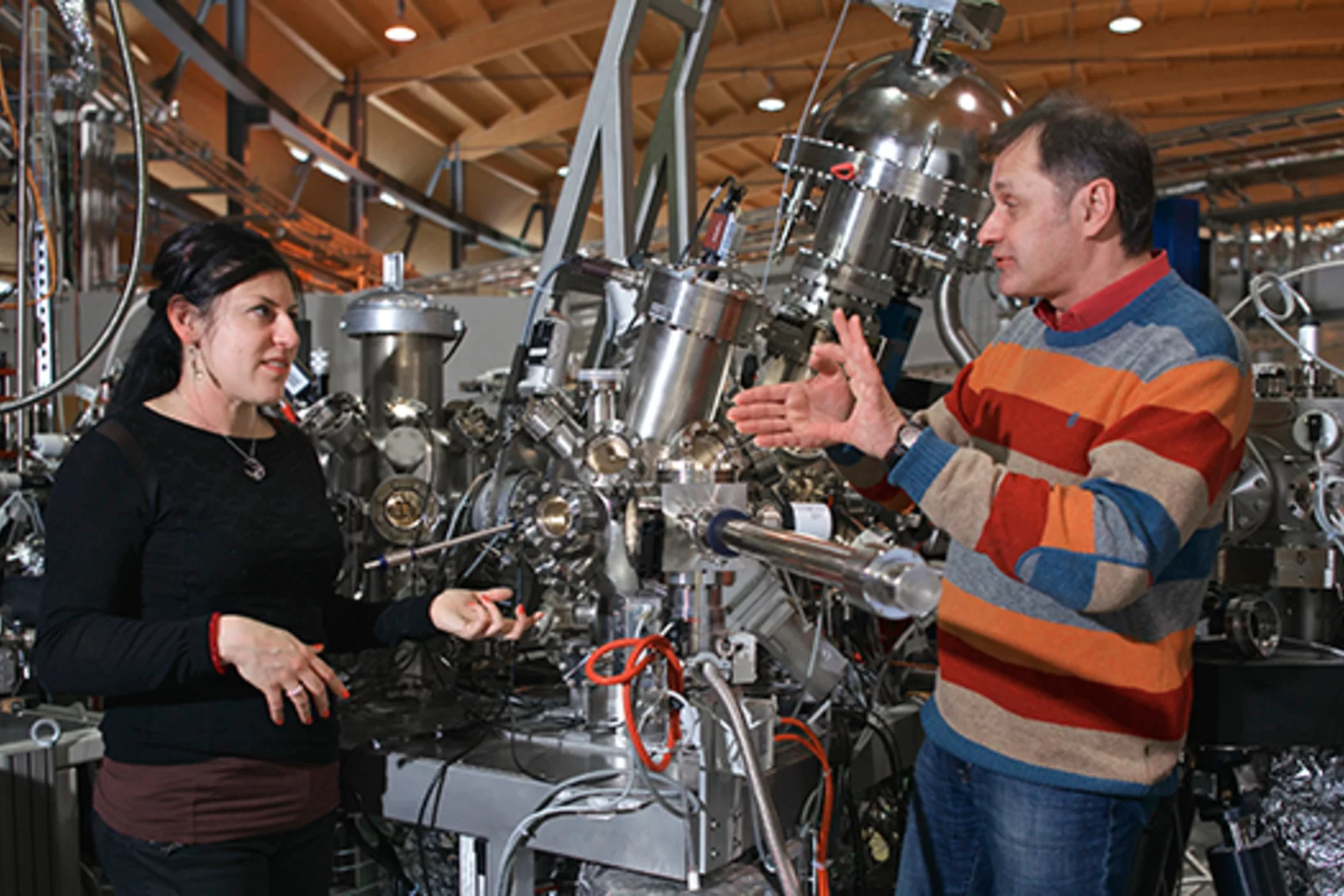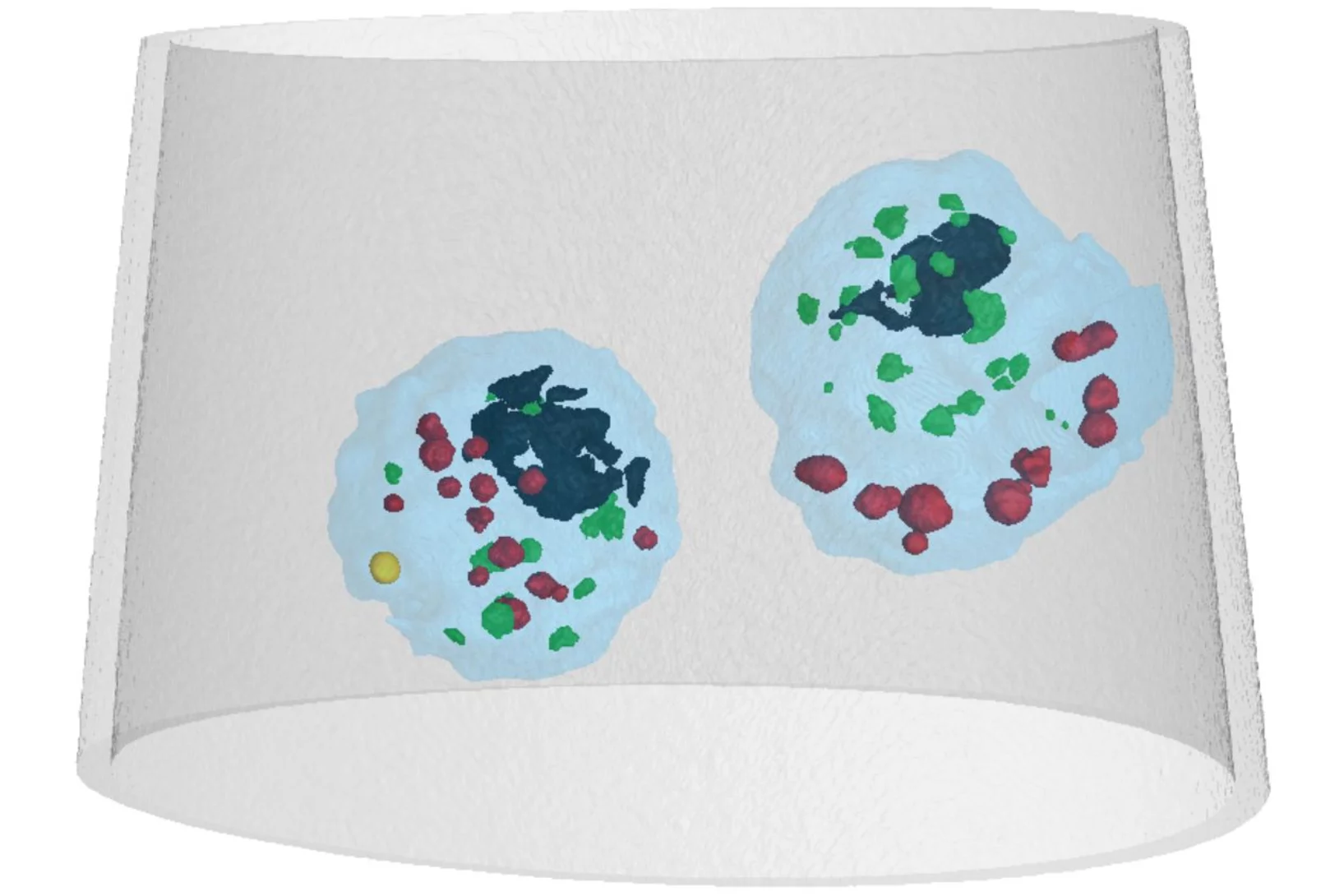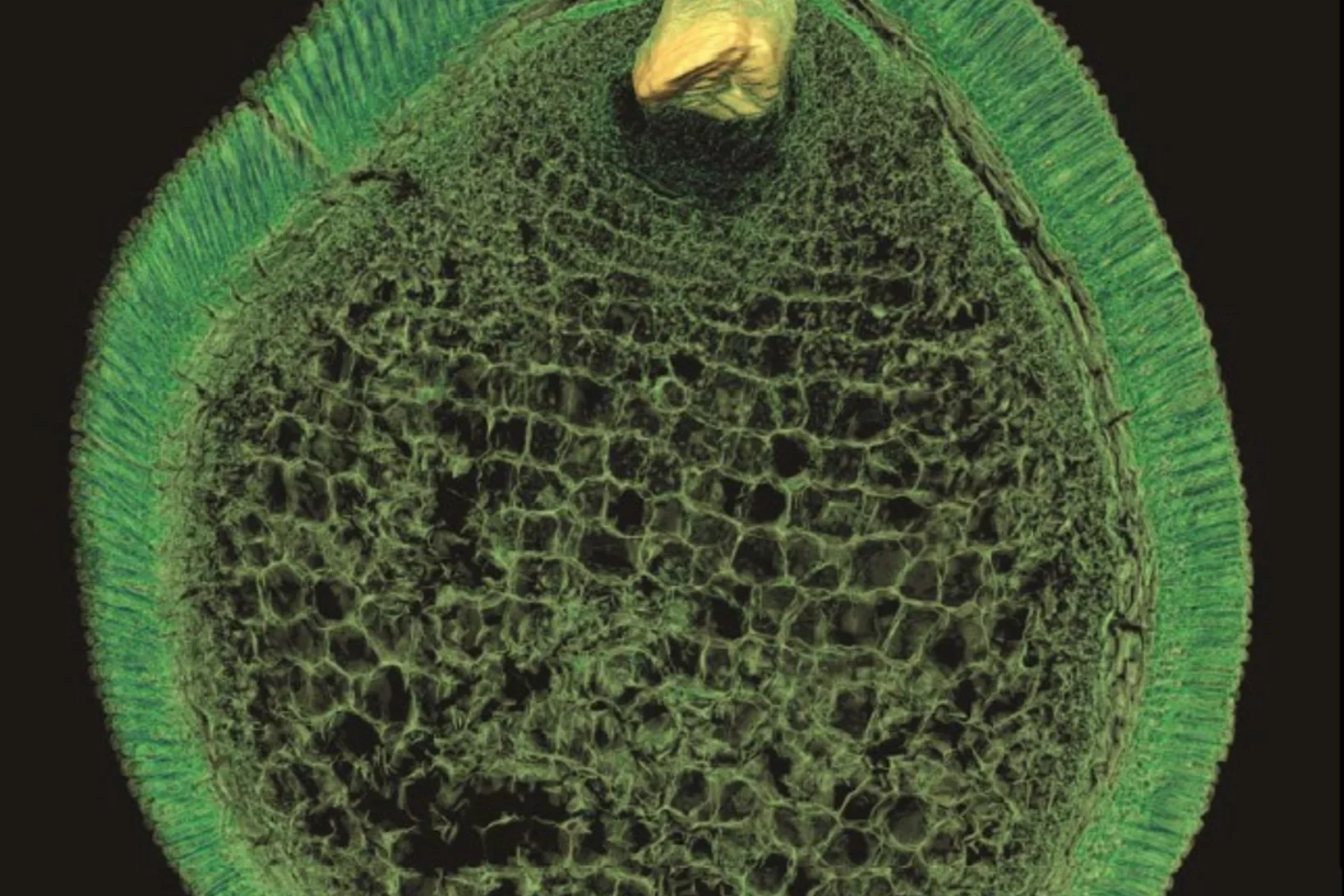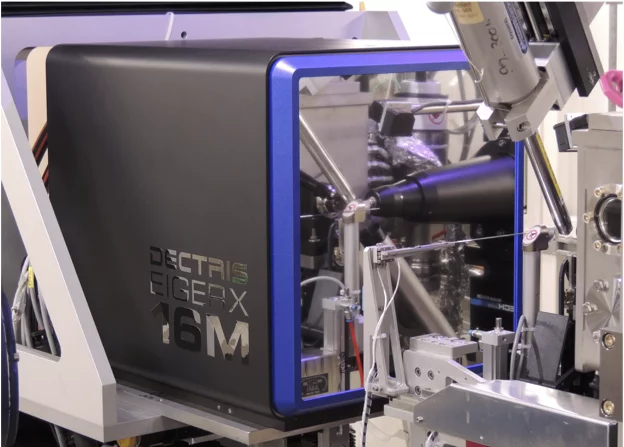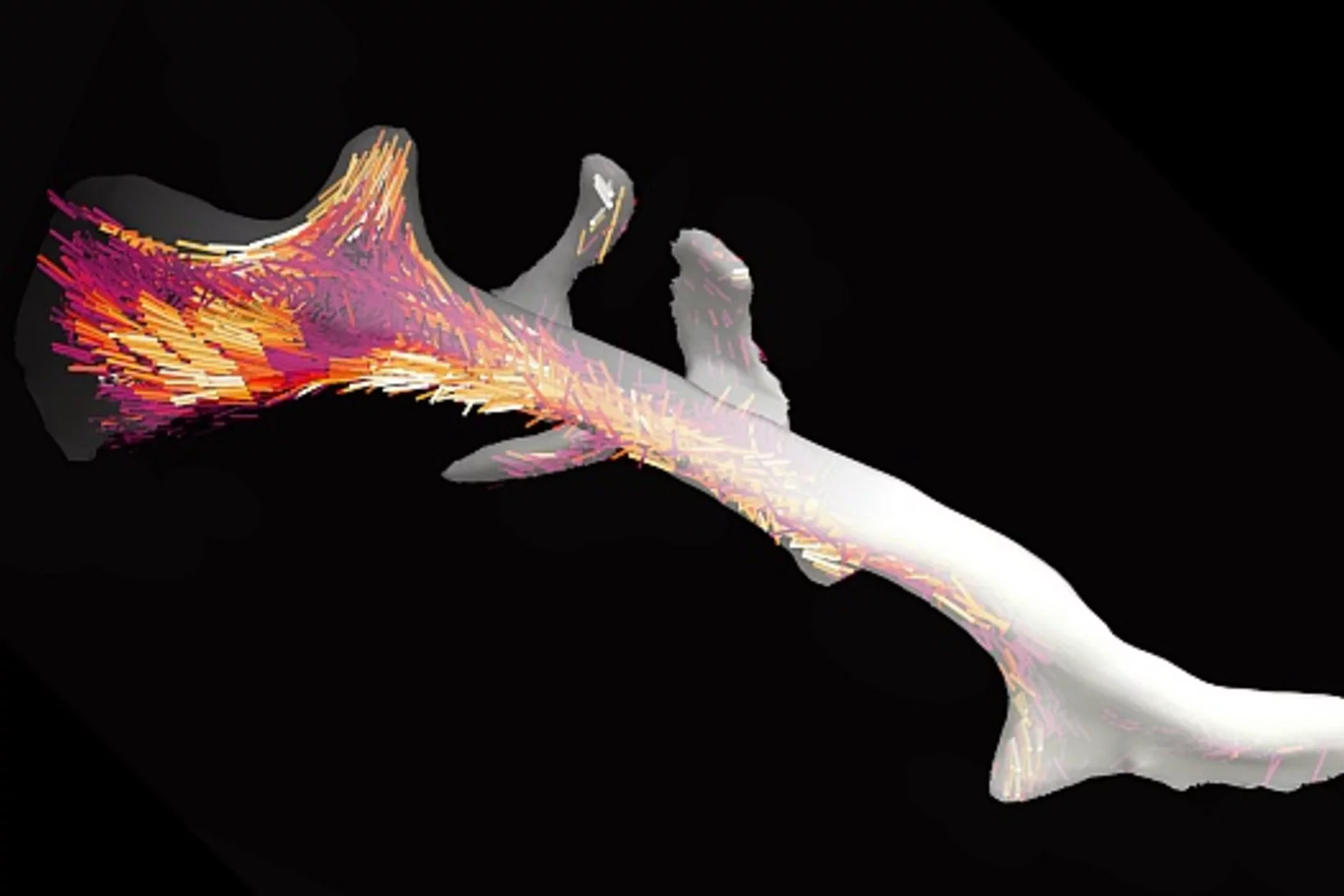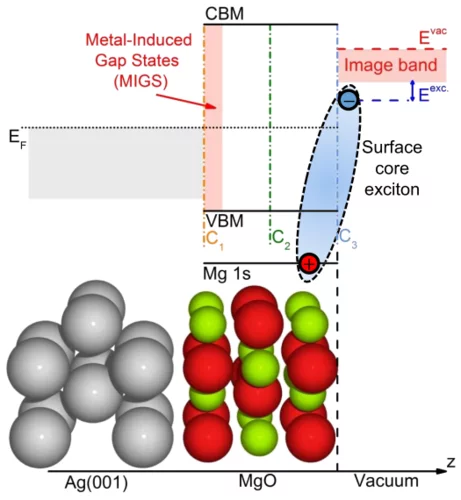L'atmosphère à la lumière des rayons X
Des chercheurs du PSI ont développé une chambre d’expérience où ils reconstituent certains processus qui se jouent dans l’atmosphère et peuvent étudier ces derniers avec une précision inégalée grâce à de la lumière de type rayons X issue de la SLS. Lors de leurs premières expériences, ils ont étudié la formation du brome, qui joue un rôle essentiel dans la dégradation de l’ozone dans les couches inférieures de l’atmosphère. A l’avenir, cette nouvelle chambre d’expérience sera également mise à disposition de chercheurs d’autres disciplines scientifiques.
Dr. Nan Xu awarded SPS 2017 Prize in Condensed Matter Physics
The SPS 2017 Prize in Condensed Matter Physics, sponsored by IBM, has been awarded to Dr. Nan Xu for his excellent work on topological quantum states. Dr. Nan Xu is a joint postdoc of Paul Scherrer Institute (PSI) and the École Polytechnique Fédérale de Lausanne (EPFL).
Plongée dans un aimant
Pour la première fois, des chercheurs ont réussi à visualiser les directions de l'aimantation dans un objet magnétique tridimensionnel. Les plus petits détails de leur visualisation mesuraient moins d'un dixième de millième de millimètre. Un type de motif exceptionnel est ressorti dans la structure qu'ils ont fait apparaître: des singularités magnétiques appelées points de Bloch, jusque-là connues uniquement en théorie.
Nanomaterial helps store solar energy: efficiently and inexpensively
By combining a scalable cutting-edge synthesis method with time-resolved X-ray absorption spectroscopy measurements, it was possible to capture the dynamic local electronic and geometric structure during realistic operando conditions for highly active OER perovskite nanocatalysts.
Understanding the reaction mechanism in lignin catalytic fast pyrolysis
Lignin is a major constituent of plants, and may be used as a precursor for fuels and fine chemicals. Catalytic fast pyrolysis of lignin is one of the most promising approaches. By using vacuum ultraviolet synchrotron radiation and threshold photoelectron spectroscopy we could identify elusive intermediates, which are responsible for the formation of phenol and benzene and could thus tackle this reaction mechanism. Mechanistic understanding could enable targeted improvement of production methods in the future, beyond the currently used "cook-and-look" approach.
Photonic structure of white beetle wing scales: optimized by evolution
A very thin layer on this beetle’s wings exhibits a complicated structure on the nanoscale that gives them a bright white color. X-ray nanotomography acquired at the Swiss Light Source provides a faithful image of this structure in three dimensions with which scientists can confirm its evolutionary optimization: just enough material for an efficient reflection of white light.
Isomer-Selective Generation and Spectroscopic Characterization of Biofuel Intermediates
Online combustion analysis relies heavily on spectral data to detect reactive intermediates isomer-selectively to establish e.g. kinetic flame models. Due to the difficulty to generate these species cleanly, spectral data are rather scarce. Here we report on the selective generation of three picolyl radical isomers (C5H4N-CH2*) by deamination of aminomethylpyridines. Picolyl radicals are relevant in biofuel combustion, and could now be characterized by threshold photoelectron spectroscopy using synchrotron radiation. Vibrationally resolved bands and distinct ionization energies allow for isomer-specific detection of these elusive species in complex environments and permit us to explore new avenues in soot- and NOx formation kinetics.
Towards understanding of human betacoronavirus HKU1 life cycle
Researchers from China and USA join forces with Swiss Light Source (SLS) macromolecular crystallography (MX) beamline scientists in a study, which aims at understanding an important step in the life cycle of the human betacoronavirus HKU1.
La radiographie en 3D permet de visualiser les moindres détails d’une puce informatique
Des chercheurs de l’Institut Paul Scherrer PSI ont réalisé des radiographies détaillées en 3D d’une puce informatique usuelle. Dans le cadre de leur expérience, ils ont analysé une petite portion de puce qu’ils avaient préalablement découpée. Durant la mesure, cet échantillon est resté intact. Pour les fabricants, déterminer si la structure de leurs puces est conforme aux normes représente un défi. Ces résultats constituent donc une possibilité d’application importante pour un procédé spécifique de tomographie à rayons X que les chercheurs du PSI développent depuis quelques années.
Interlaced zone plates push the resolution limit in x-ray microscopy
A novel type of diffractive lenses based on interlaced structures enable x-ray imaging at resolutions below 10 nm. The fabrication method and the test results of these novel x-ray lenses have been published in the journal Scientific Reports.
De nouvelles approches des réactions chimiques grâce aux nanotechnologies
80 % des produits de l’industrie chimique sont fabriqués par recours à la catalyse. Ce procédé est également indispensable dans la conversion énergétique et l’épuration des gaz d’échappement. L’industrie teste donc continuellement de nouvelles substances et de nouvelles configurations susceptibles de déboucher sur de nouveaux procédés catalytiques plus performants. Des chercheurs de l’Institut Paul Scherrer PSI à Villigen et de l’ETH Zurich ont à présent développé une méthode qui permet d’améliorer nettement la précision de tels essais, ce qui devrait accélérer la recherche de solutions optimales.
The Smallest Magnet
Single holmium atoms adsorbed on few monolayers of magnesium oxide are extraordinarily stable magnets. They retain a significant fraction of their magnetization when the external magnetic field is switched off. This has been shown recently in a study combining x-ray magnetic circular dichroism performed at the Swiss Light Source (SLS) and at the European Synchrotron Radiation Facility (ESRF) as well as scanning tunneling microscopy. The results open perspectives of storing and processing information at ultrahigh density.
Novel insulating phase in iron-pnictide materials
The first example of an insulating phase which is close to the superconducting phase in an iron-pnictide system has been recently observed in heavy Cu-doped NaFe1-xCuxAs (x > 0.3). A combined study by angle-resolved photoemission spectroscopy (ARPES) and density functional theory (DFT) calculations revealed that on-site Coulomb repulsion and enhanced Hund’s rule coupling are responsible for the insulating behavior. The results show that the insulating phase in NaFe0.5Cu0.5As resembles the situation in the parent compounds of the high-Tc cuprate superconductors.
Conducteur d'électricité ou isolant, au choix
L’oxyde de néodyme-nickel est un matériau qui, suivant la température, est soit un métal, soit un isolant. Cette transition peut être commandée par l’application d’une tension électrique, ce qui fait de ce matériau un candidat potentiel pour les transistors dans les appareils électroniques modernes. Des chercheurs à l’Institut Paul Scherrer PSI ont utilisé un développement perfectionné et sophistiqué de la diffusion de rayons X et réussi à saisir la cause de cette transition: la réorganisation des électrons autour des atomes d’oxygène.
Magnesium Oxide Boosts the Hysteresis of Single-Molecule Magnets
Researchers from PSI and EPFL have demonstrated that the magnetization hysteresis and remanence of TbPc2 single-molecule magnets drastically depends on the substrate on which they are deposited. If a few atomic layers thick magnesium oxide film grown on a silver substrate is used, a record wide hysteresis and record large remanence can be obtained. Single-molecule magnets are attractive for molecular spintronics applications such as information processing or storage.
Shedding light on the origins of high-Tc superconductivity in bismuth oxides
Researchers have overcome a number of challenges in order to employ an advanced probe in the study of an unusual material, barium bismuth oxide (BaBiO3) – an insulating parent compound of a family of high-temperature superconductors known since the late 80s. In order to finally realize the experiments, the researchers grew and studied thin films of the material completely in situ under ultrahigh vacuum conditions. The results show that superconductivity in bismuth oxides emerges out of a novel insulating phase, where hole pairs located on combinations of the oxygen orbitals are coupled with distortions of the crystal lattice.
Single shot grating interferometry demonstrated using direct conversion detection
Researchers at the Paul Scherrer Institute's Swiss Light Source in Villigen, Switzerland, have developed an X-ray grating interferometry setup which does not require an analyzer grating, by directly detecting the fringes generated by the phase grating with a high resolution detector. The 25um pitch GOTTHARD microstrip detector utilizes a direct conversion sensor in which the charge generated from a single absorbed photon is collected by more than one channel. Therefore it is possible to interpolate to achieve a position resolution finer than the strip pitch.
How does food look like on the nanoscale?
The answer to this question could save food industry a lot of money and reduce food waste caused by faulty production. Researchers from the University of Copenhagen and the Paul Scherrer Institut have obtained a 3D image of food on the nanoscale using ptychographic X-ray computed tomography. This work paves the way towards a more detailed knowledge of the structure of complex food systems.
Tailoring Novel Superconductivity
The Angle Resolved Photoemission Spectroscopy (ARPES) measurements performed on 2DEL at STO surface revealed that, at low carrier density, electrons are always accompanied by a quantized dynamic lattice deformation. Together with the electron, these phonon-cloud formed a new composite quasiparticle called Fröhlich polaron.
Researchers find key to zinc rich plants to combat malnutrition
The diet in many developing countries is lacking zinc, but researchers have just solved the riddle of how to get more zinc into crop seeds. The discovery has been published in Nature Plants, and the research was led by University of Copenhagen.By Johanne Uhrenholt Kusnitzoff
Watching lithium move in battery materials
In order to understand limitations in current battery materials and systematically engineer better ones, it is helpful to be able to directly visualize the lithium dynamics in materials during battery charge and discharge. Researchers at ETH Zurich and Paul Scherrer Institute have demonstrated a way to do this.
Une nouvelle particule qui pourrait servir de base à de l’électronique économe en énergie
Le fermion de Weyl, découvert seulement l’an dernier, se déplace pratiquement sans résistance à l’intérieur de certains matériaux. Des chercheurs montrent à présent une voie possible pour l’utiliser dans des composants électroniques.
High-performance thermoelectric nanocomposites from nanocrystal building blocks
Using an assembly of colloidal nanocrystals a Ag-PbS nanocomposite was produced with increased thermoelectic figures of merit up to 1.7K at 850 K. EXAFS spectroscopy at the Ag K-edge was essential to show that Ag does not dissolve in PbS nanoparticles but preserved the individual nanodomains. This reduces the PbS intergrain energy barriers for charge transport
Ralentissement du flux électrique peut montrer la voie vers des ordinateurs économes en énergie
Les ordinateurs et les autres appareils électroniques représentent aujourd’hui une part considérable de la consommation d’énergie, une part dont il est pratiquement impossible de modifier l’importance avec les technologies actuellement utilisées. Les puces électroniques qui prendront place dans les appareils économes en énergie de demain devront donc être composées de matériaux innovants. De nouveaux résultats de recherche indiquent une voie possible comment on peut obtenir ces matériaux.
Mass density distribution of intact cell ultrastructure
The determination of the mass density of cellular compartments is one of the many analytical tools that biologists need to unravel the extremely complex structure of biological systems. Cryo X-ray nanotomography reveals absolute mass density maps of frozen hydrated cells in three dimensions.
Preserved Embryos Illustrate Seed Dormancy in Early Angiosperms
The discovery of exceptionally well-preserved, tiny fossil seeds dating back to the Early Cretaceous corroborates that flowering plants were small opportunistic colonizers at that time, according to a new Yale-led study.
First EIGER X 16M in operation at the Swiss Light Source
The macromolecular crystallography beamline X06SA at the Swiss Light Source, a synchrotron operated by Paul Scherrer Institute, is the first one in the world to upgrade its detector to an EIGER X 16M.
La nanostructure d’un os dévoilée en 3D
Les os sont composés de minuscules fibres, à peu près mille fois plus fines qu’un cheveu humain. Avec un nouveau type de méthode d’analyse informatique des chercheurs de l'Institut Paul Scherrer PSI étaient en mesure de déterminer pour la première fois l’agencement local et l’orientation de la nanostructure à l’intérieur d’un fragment d’os.
Observation of Fermi-Arc Spin Texture in TaAs
The study of nontrivial topological semimetals (TSM) is an emerging subject, providing a new frontier in topological aspects beyond insulators. Here, we have investigated the spin texture of surface Fermi arcs in the recently discovered Weyl semimetal TaAs using spin- and angle-resolved photoemission spectroscopy. The experimental results demonstrate that the Fermi arcs are spin polarized. The measured spin texture fulfills the requirement of mirror and time-reversal symmetries and is well reproduced by our first-principles calculations, which gives strong evidence for the topologically nontrivial Weyl semimetal state in TaAs. The consistency between the experimental and calculated results further confirms the distribution of chirality of the Weyl nodes determined by first principles calculations.
Excited states at interfaces of a metal-supported ultrathin oxide film
At the PEARL beamline, metal-supported ultrathin oxide films have been studied which are a class of materials of technological importance in various research fields such as catalysis, spintronics, or nanoelectronics.
